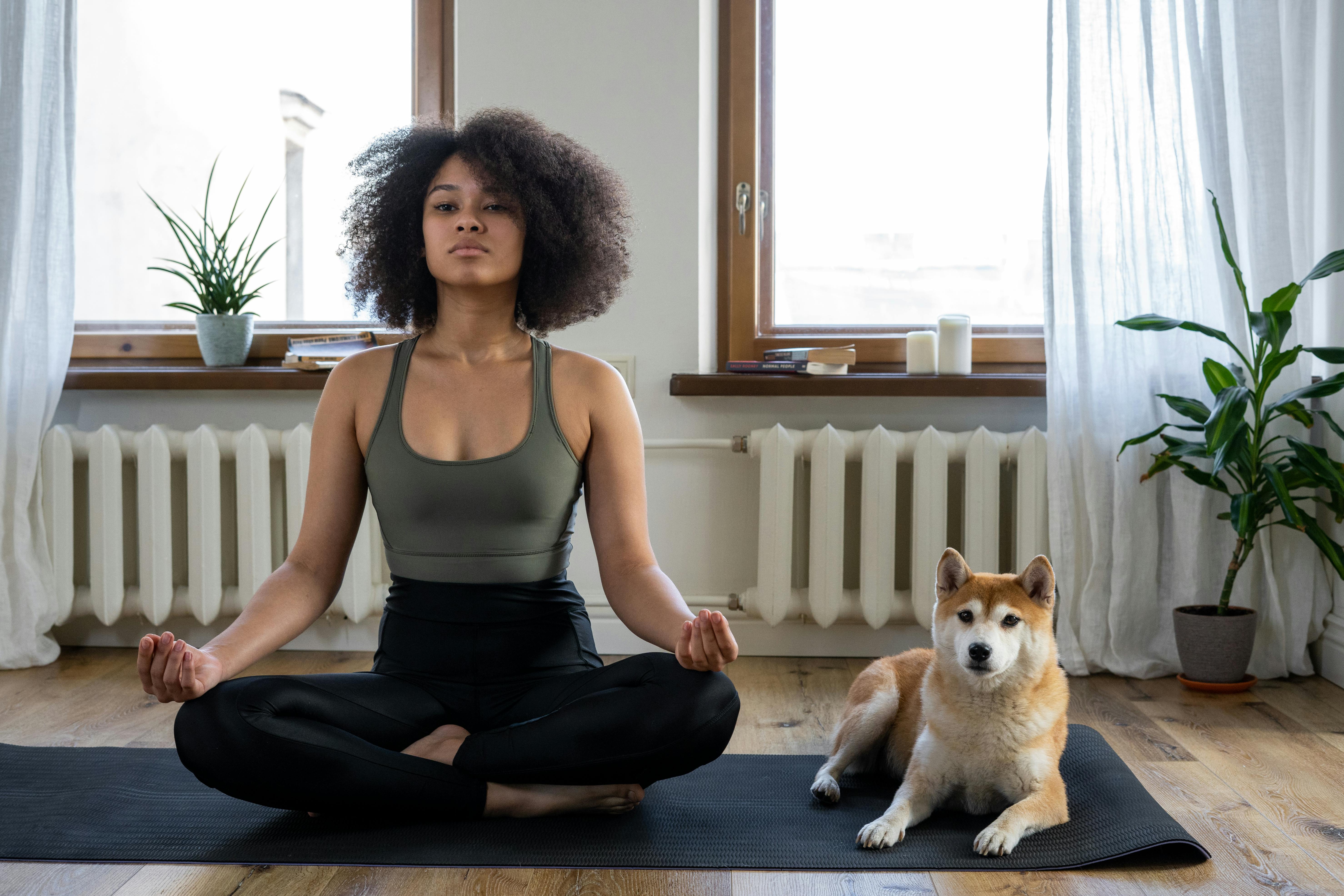In our increasingly sedentary lives, maintaining good posture has become a significant challenge. Many of us spend hours hunched over desks, leading to discomfort, pain, and long-term musculoskeletal issues. You might have heard of the “draw-in maneuver” as a quick fix for posture, but is it truly the magic bullet? This comprehensive guide delves into the intricate relationship between your abdominal muscles, your sitting posture, and the effectiveness of the draw-in technique.
By the end of this article, you’ll gain a clearer understanding of how your core truly supports your spine, learn practical strategies for improving your chair posture, and discover why a holistic approach to core strength is far more beneficial than relying on a single maneuver. We’ll explore the science behind core stability, common postural pitfalls, and actionable steps you can take starting today.
Understanding the Draw-in Maneuver: More Than Just “Sucking It In”
The draw-in maneuver, often confused with simply pulling your stomach in, is a specific technique primarily aimed at activating the transverse abdominis (TrA). The TrA is the deepest of the abdominal muscles, wrapping horizontally around your torso like a corset. Its primary role is to stabilize the lumbar spine and pelvis before movement of the limbs.
How to Properly Perform the Draw-in Maneuver
To correctly perform the draw-in maneuver, lie on your back with knees bent and feet flat. Place your fingers just inside your hip bones. As you exhale, gently draw your lower abdomen inward, as if trying to pull your belly button towards your spine, without moving your pelvis or rib cage. You should feel a subtle tension under your fingers. This is a low-level contraction, not a maximal one.
- Focus on the deep core: Avoid bracing or sucking in your entire stomach.
- Gentle contraction: It’s about subtle engagement, not forceful tightening.
- Maintain normal breathing: You should be able to breathe comfortably while holding the contraction.

The Role of Abdominal Muscles in Posture
Your abdominal muscles are a crucial component of your core, which acts as the central pillar of your body. Far from just being about a “six-pack,” these muscles, along with your back muscles, glutes, and diaphragm, work synergistically to provide stability for your spine and pelvis. A strong and balanced core is fundamental for maintaining good posture, whether you’re standing, walking, or sitting.
Beyond the Six-Pack: Key Abdominal Muscles for Posture
While the rectus abdominis (the “six-pack” muscle) is visible, it’s the deeper core muscles that play a more direct role in spinal stability and posture.
- Transverse Abdominis (TrA): As mentioned, this muscle acts like a natural corset, providing segmental stability to the lumbar spine.
- Internal and External Obliques: These muscles are responsible for rotation and lateral flexion of the trunk, but also contribute to overall core stiffness and stability.
- Multifidus: Though a back muscle, it works in conjunction with the TrA to stabilize individual vertebrae.
Fact Check: Research indicates that individuals with chronic low back pain often exhibit delayed or impaired activation of the transverse abdominis. Strengthening this muscle can be a key component in rehabilitation and prevention strategies.
The Reality of Chair Posture and Its Challenges
Prolonged sitting, especially with poor posture, can lead to a myriad of issues. The human body is designed for movement, not static positions for extended periods. When we sit, the natural curves of our spine can be compromised, leading to increased pressure on spinal discs and ligaments.
Common Postural Pitfalls While Sitting
Many people fall into common poor sitting habits without realizing it. Recognizing these can be the first step towards improvement.
- Slouching (Thoracic Kyphosis): Rounding of the upper back, often accompanied by a forward head posture.
- Anterior Pelvic Tilt: Arching the lower back excessively, pushing the belly forward, often due to tight hip flexors and weak glutes.
- Sacral Sitting: Slumping down in the chair, resting on the tailbone rather than the sit bones, which flattens the lumbar curve.

“The best posture is the next posture.” This common saying in ergonomics highlights that no single static posture is ideal for extended periods. Regular movement and changing positions are crucial for spinal health.
Draw-in for Posture Correction: A Limited Solution
While the draw-in maneuver effectively engages the transverse abdominis, it’s not a standalone solution for overall posture correction, especially in a seated position. Its primary benefit lies in improving spinal stability during movement or lifting, not necessarily in correcting a slumped or overly arched sitting posture.
Why Draw-in Alone Isn’t Enough
Posture is a complex interplay of multiple muscle groups, joint mobility, and neurological control. Focusing solely on the draw-in maneuver overlooks other critical components.
- Lack of Global Muscle Engagement: Good posture requires activation of back extensors, glutes, and hip flexor flexibility, not just deep abdominal engagement.
- Fatigue: Sustaining a conscious draw-in contraction for prolonged periods is impractical and can lead to muscle fatigue.
- Incorrect Execution: Many people mistakenly suck in their entire abdomen, which can increase intra-abdominal pressure without effectively engaging the TrA, potentially leading to other issues.
For a deeper dive into the nuances of core stability and its role in movement, consider exploring resources from reputable physical therapy organizations. For instance, the American Physical Therapy Association (APTA) offers valuable insights into core strengthening and rehabilitation. Learn more about core stability training from APTA.
Holistic Strategies for Optimal Chair Posture
True posture correction and maintenance require a multi-faceted approach. It involves strengthening weak muscles, stretching tight ones, optimizing your environment, and integrating movement into your daily routine.
Key Pillars of Good Sitting Posture
Adopt these strategies to significantly improve your chair posture and overall well-being.
- Strengthen Your Core: Engage in exercises that target all core muscles, including planks, bird-dogs, and dead bugs. These build functional strength for stability.
- Ergonomic Setup: Ensure your chair, desk, and monitor are adjusted to support a neutral spine. Your feet should be flat on the floor, knees at about a 90-degree angle, and monitor at eye level.
- Regular Movement Breaks: Stand up, stretch, and walk around every 30-60 minutes. This reduces static load on your spine and improves circulation.
- Stretch Tight Muscles: Focus on hip flexors, hamstrings, and chest muscles, which often become tight from prolonged sitting.
- Mindful Awareness: Periodically check in with your posture throughout the day. Are you slumping? Are your shoulders rounded? Gently correct yourself.

Core Muscle Engagement for Posture: A Comparison
Here’s a simplified comparison of how different core engagement strategies contribute to posture:
| Strategy | Primary Benefit | Impact on Posture |
|---|---|---|
| Draw-in Maneuver | Specific TrA activation, spinal stability during movement. | Supports lumbar spine, but limited for overall static posture. |
| Global Core Bracing | Co-contraction of all abdominal and back muscles for rigidity. | Provides strong spinal support, but can be fatiguing if sustained. |
| Functional Core Strength | Integrated strength and coordination of all core muscles. | Enables natural, effortless good posture and movement efficiency. |
Integrating Movement and Mindfulness for Lasting Change
Ultimately, improving your posture isn’t about holding a rigid position or constantly performing a single exercise. It’s about cultivating body awareness and integrating healthy habits into your daily life. Your body is designed to move, and regular, varied movement is the best defense against the negative effects of prolonged sitting.
Practical Tips for Daily Posture Improvement
Small, consistent changes can lead to significant improvements over time.
- Set Reminders: Use a timer or an app to remind you to stand up and move every hour.
- Active Sitting: Consider using a stability ball or a dynamic cushion for short periods to encourage subtle core engagement.
- Incorporate Micro-Breaks: Even a 30-second stretch or a few deep breaths can make a difference.
- Hydration: Staying hydrated keeps your spinal discs healthy and resilient.
The draw-in maneuver is a valuable tool for specific core muscle activation and spinal stability, particularly for dynamic movements. However, when it comes to improving your overall chair posture, it’s merely one piece of a much larger puzzle. True posture correction stems from a holistic approach that encompasses comprehensive core strength, ergonomic awareness, regular movement, and mindful body awareness.
Instead of seeking a single magic fix, empower yourself by understanding the interconnectedness of your body. Invest in strengthening your entire core, optimize your workspace, and make movement a non-negotiable part of your day. Your spine, and your overall well-being, will thank you for it.
What small change will you make today to improve your posture? Share your tips and experiences in the comments below!
